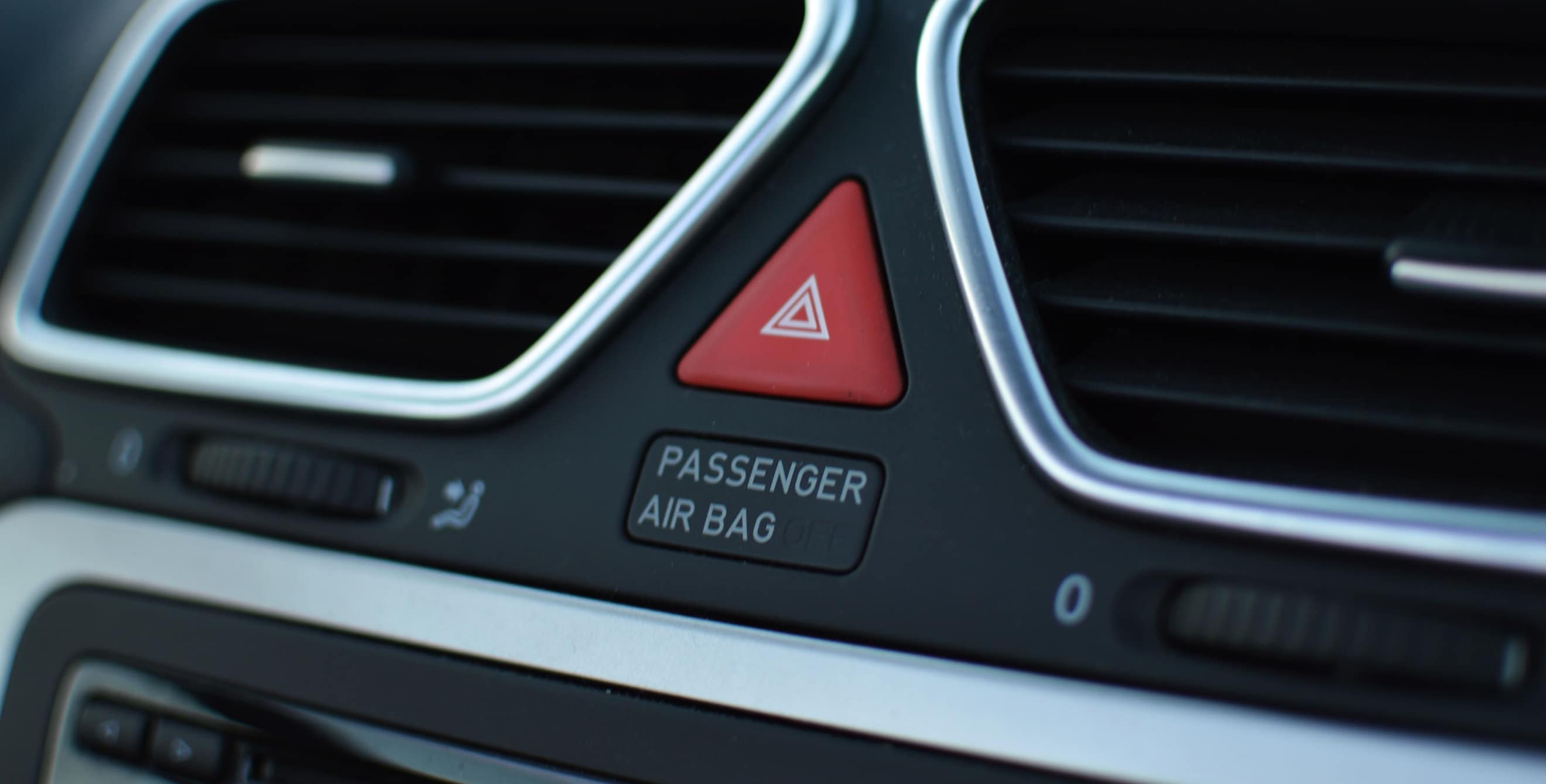
How Does an Airbag Work?
Learn what makes an airbag inflate.

You successfully swerve away from a white-tailed deer only to run smack into a telephone pole. Not your best move, but it would have been far worse without the airbag that burst out of the steering wheel, cushioning the blow and saving your life.
With airbags now standard equipment on cars, it’s easy to take them for granted. You shouldn’t. Popping out at up to 200 mph, front airbags can fully inflate in 1/20 of a second—literally faster than a blink of an eye. How does it happen?
As with many things in life, it’s all about the right chemistry. Every airbag is attached to a device—the inflator—that contains a mix of chemicals, typically potassium nitrate (also found in fertilizer and gunpowder) and sodium azide (used in pesticides and airplane emergency chutes).
When sensors detect a crash, they ignite the chemicals with a spark of electricity. This sets off a flash reaction that unleashes a huge amount of nitrogen gas to inflate the bag. Don’t fear the pale powder that is released from an airbag when it activates. It’s just cornstarch or talcum powder, which manufacturers use to keep the bags pliable and lubricated while they’re stored.
Surprisingly, most airbag sensors work by tracking the car’s speed, not the force of an impact. If a car suddenly stops much faster than it ever could by brakes alone, the bags will deploy.
If your steering wheel tilts, keep it directed at your chest, not your head. Always sit at least 10 inches away from the wheel or dashboard. Newer cars often have “smart” systems that can adjust to the weight of the person in the passenger seat. If the person is relatively light, the bag will inflate less than normal. Even so, airbags can be too forceful for little bodies, so the backseat remains the safest place for children 12 and under.
Make smart choices, whether you're buying, selling, insuring, maintaining, or repairing a vehicle.